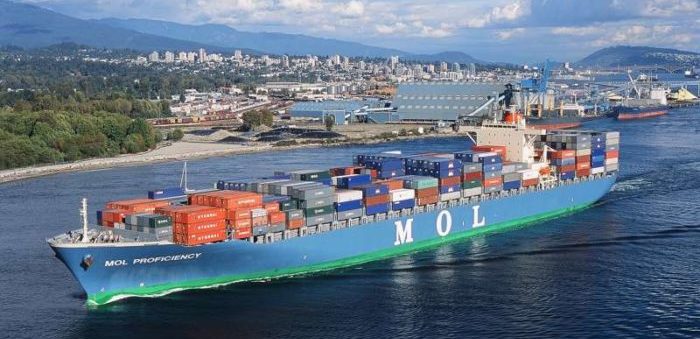MOL in cooperation with MES-S, the Tokyo University of Marine Science and Technology and Akishima Laboratories announced that on July 25, their joint demonstration project regarding the safety of vessels’ auto berthing and un-berthing was selected for Japan’s Ministry of Land, Infrastructure, Transportation and Tourism (MLIT)’s fiscal year 2018 autonomous vessel demonstration project.
Human errors account for 80% of marine accidents, and since automated and autonomous operations of vessels can reduce human errors, they can make a great contribution to reducing marine accidents.
[smlsubform prepend=”GET THE SAFETY4SEA IN YOUR INBOX!” showname=false emailtxt=”” emailholder=”Enter your email address” showsubmit=true submittxt=”Submit” jsthanks=false thankyou=”Thank you for subscribing to our mailing list”]
Furthermore, autonomous operations can also reduce the workload for mariners, and represent a fundamental change in ocean transport. Through this project, Japan aims to achieve practical use of autonomous vessels by 2025.
As berthing and un-berthing are some of the most difficult phases of ship operation, autonomous operations could be a valuable help. This auto berthing and un-berthing demonstration project will identify technical issues by presenting autonomous operation with a real vessel and study ways to achieve practical use. The demonstration test will be carried out by using the training ship of TUMST “Shioji Maru”, and starting next fiscal year, a test using a large-size ship in a domestic ferry service will be conducted.
The project will use technologies aiming to reduce the environmental impact and improve operations. In addition, it will use MES-S’s ship operation control technology, based on an automatic dynamic positioning system of the D/V Chikyu, a riser drilling-equipped science vessel.
In addition, at the end of July, MOL announced the introduction of the Vessel View VR, a virtual reality system that enables virtual ship visits, based on technology developed by NURVE. Vessel View VR provides access to information that until now has been limited in conventional ship visits. The virtual ship visit will be used into the car carrier ‘Beluga Ace’, delivered in March of this year.






























































